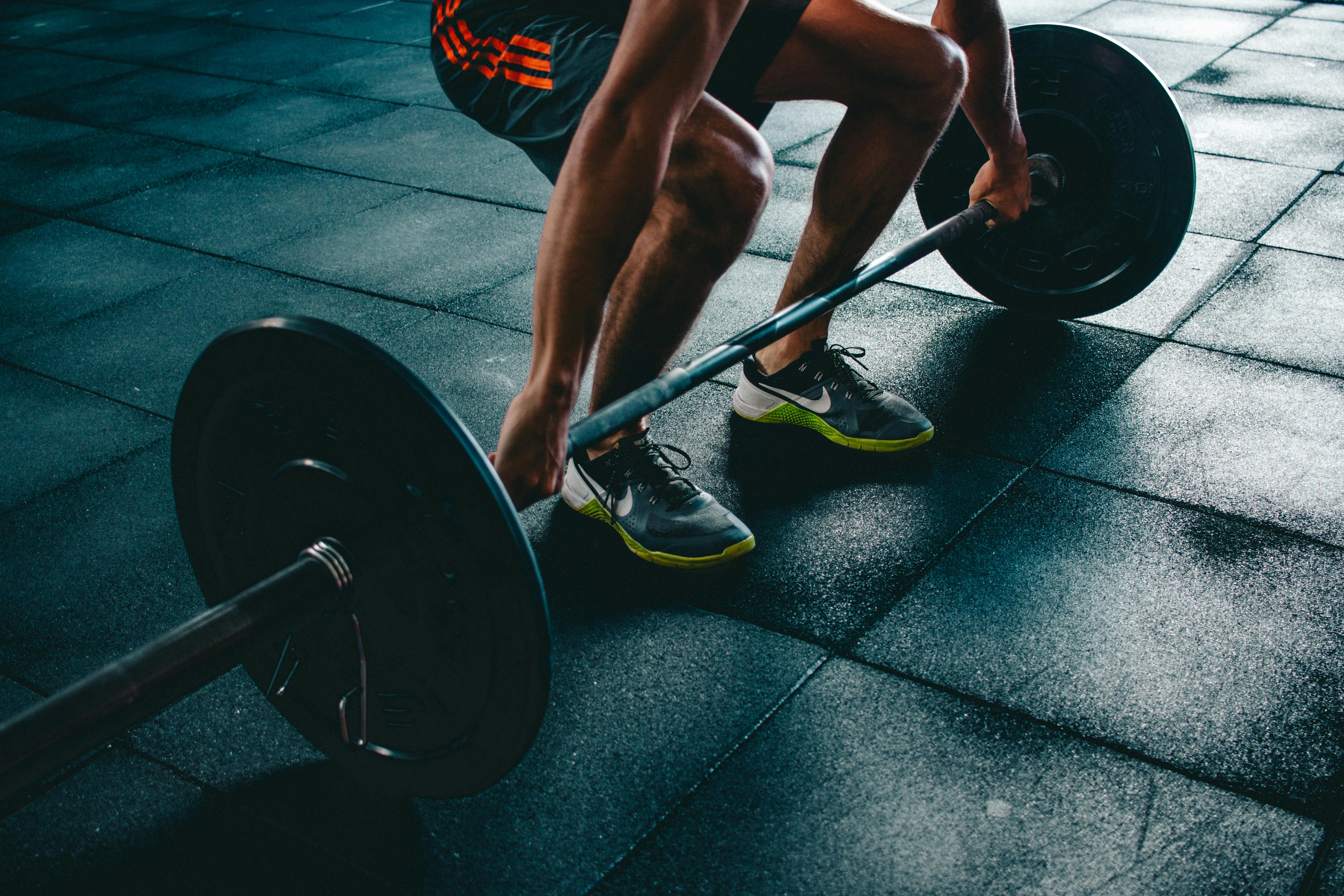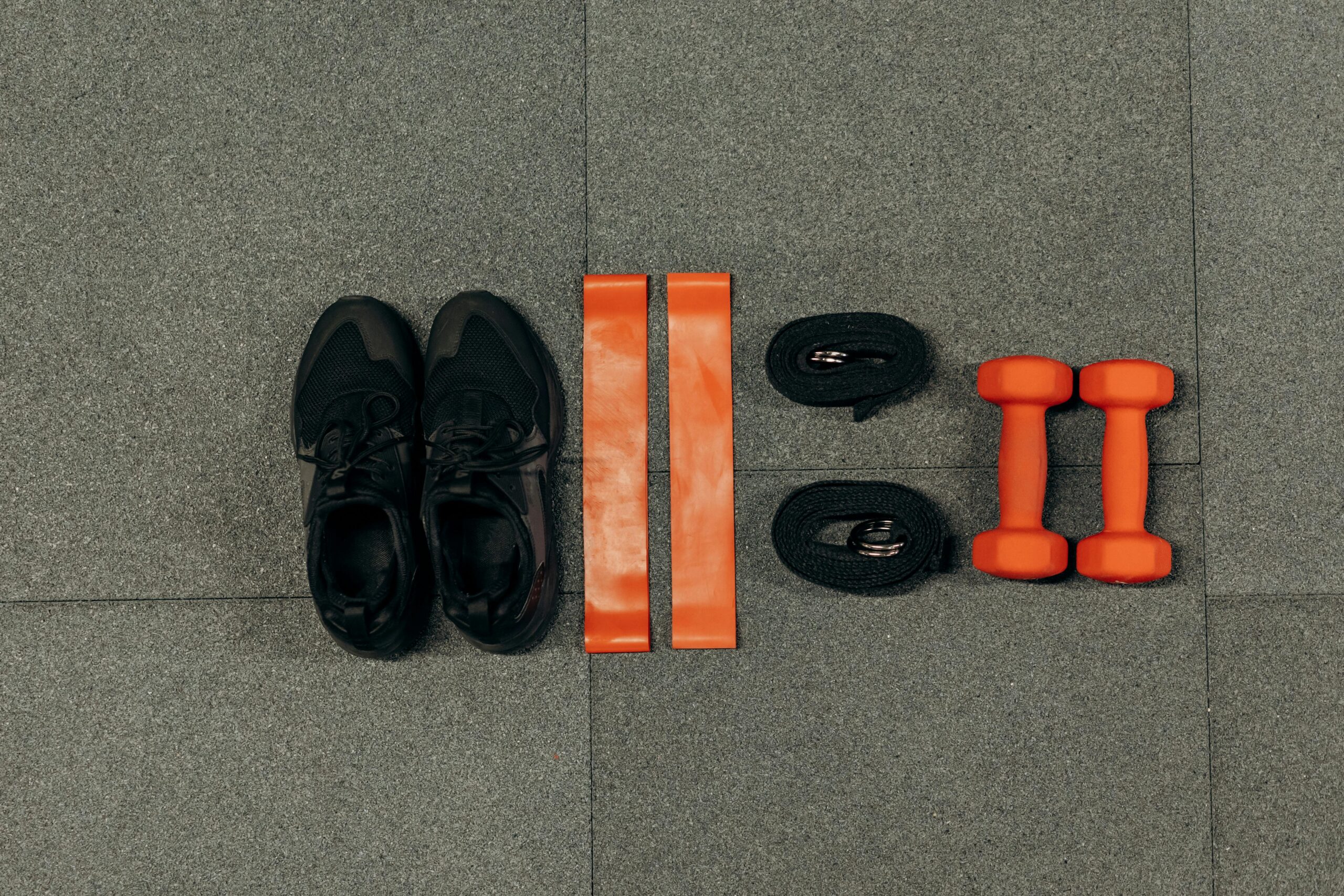Complete Guide to Creating a Proven Ganzkörper Trainingsplan in 2025 – Optimize Your Fitness Routine!
In today’s fast-paced world, maintaining physical health is increasingly important, with many turning to a ganzkörper trainingsplan to reach their trainingsziele. A comprehensive fitness plan that encompasses all major muscle groups can enhance overall well-being, boost energy levels, and improve athletic performance. This guide aims to break down the essentials of developing an effective fitness routine that caters to different fitness levels and goals, catering both beginners and seasoned fitness enthusiasts.
Let’s explore how to create a personalized ganzkörpertraining program that includes various exercises, training methods, and nutrition tips to ensure optimal results. From selecting the right workouts to ensuring safety and regulating intensities, each aspect will be meticulously covered to help you achieve lasting trainingserfolg.
Key takeaways from this guide include understanding different types of fitnessübungen, how to monitor progress, the importance of nutrition, and tips for maintaining motivation throughout your fitness journey.

Essential Elements of a Ganzkörper Trainingsplan
Understanding Your Fitness Level
Before creating your trainingsplan ganzkörper, assessing your current fitness level is crucial. This includes evaluating your strength, endurance, flexibility, and any prior injuries that might affect your training. By understanding where you stand, you can tailor your fitness program to avoid overtraining and ensure effective progression. Regularly monitoring your fitness level will also help in adapting your workouts as you improve.
Goal Setting for Maximized Results
Defining your goals is an essential starting point. Do you want to build muscle, improve endurance, or lose weight? Setting SMART (Specific, Measurable, Achievable, Relevant, Time-bound) goals will give clarity to your fitness plan and provide motivation. Common objectives for a ganzkörper workout might include increasing squat strength by 20% in two months or running a 5K without stopping. Strategies to achieve these goals will involve prioritizing your workouts around them and ensuring progression.
Selecting Appropriate Exercises
Your ganzkörpertraining should feature a balanced mix of exercises targeting all major muscle groups: chest, back, legs, arms, and core. Including compound movements like squats, deadlifts, and bench presses not only builds strength but also enhances functional fitness. Incorporate a variety of fitnessübungen that engage different muscle fibers and energy systems to optimize your trainingserfolg.
Incorporating Recovery and Rest Days
Recovery is just as crucial as the workouts themselves. Scheduling regular rest days every week can assist in muscle recovery and prevent overuse injuries. Understanding your body’s signs of fatigue and adjusting your regimen accordingly can facilitate optimum muscle growth and performance. Utilize regenerationszeiten effectively by incorporating techniques such as foam rolling, hydration, and adequate sleep.
Nutrition to Support Your Training
Complementing your ganzkörper trainingsplan with proper nutrition is vital for performance and recovery. Tailor your diet based on your fitness goals, ensuring you’re getting sufficient macronutrients—carbohydrates for energy, proteins for muscle repair, and healthy fats for overall health. Additionally, considering nutrition timing relative to your workouts can maximize your results. Healthy meal prep and understanding sporternährung will ensure you’re fueling your body correctly.

Creating Your Personalized Trainingsplan
Designing Your Weekly Schedule
An effective fitness plan should consist of a structured weekly schedule, incorporating various workout types such as krafttraining and ausdauertraining. Determine how many days a week you can commit to training and mix the modalities. For example, a common approach is to dedicate three days to strength training and two for cardio activities. This schedule also allows for flexibility in workouts, accommodating your routine.
Tracking Progress for Continued Motivation
Documenting your workouts and progress is essential, not only for accountability but also to identify trends and areas needing improvement. Keeping a fitnessjournal can be beneficial in tracking metrics, such as weight, repetitions, and workout duration. Reviewing this data will allow you to celebrate small milestones and stay committed to your goals.
Engaging in Group Coaching and Community Fitness
Participating in group settings, whether at a gym or local park, can provide added motivation. Engaging with others allows for shared experiences, encouragement, and tips from fellow fitness enthusiasts. Additionally, consider online fitness programmes that connect you with personal trainers and other individuals with similar fitness goals, creating a supportive network.
Modifying Your Training Plan
As you progress, adapting your trainingsplan to meet your evolving fitness goals is crucial. Alter your workouts für zu hause by incorporating advanced techniques, variations, or equipment. Gradually increasing the intensity of workouts while ensuring proper technique will lead to continuous improvement and help prevent plateauing.
Mastering Functional and Intensity Training
Integrating functional training will enhance your capacity for daily activities and sports. Exercises that mimic real-life movements improve overall coordination and reduce injury susceptibility. Adding high-intensity interval training (HIIT) into your routine can substantially improve cardiovascular health while saving time in your workouts. Techniques to optimize intensivtraining will include varying rest times and progressively increasing load.
Staying Motivated and Overcoming Challenges
Identifying Sources of Motivation
Motivation can wane throughout a fitness journey; therefore, it’s essential to identify what inspires you. It may involve setting short-term goals, mixing workout environments, listening to motivational podcasts, or surrounding yourself with positive influences like a gym buddy. Finding what excites you will foster ongoing commitment to your fitness routine.
Strategies for Dealing with Setbacks
Recognizing that setbacks are a normal part of any journey is critical for success. Develop strategies for overcoming these challenges, such as adjusting your schedule for unavoidable interruptions or remembering your “why” to reignite passion for your fitness goals. Take time to reflect, and adapt your ganzkörpertraining as needed.
Celebrating Successes
Regularly take the time to recognize and celebrate your achievements, no matter how small. This can range from hitting a new PR in lifts to simply feeling healthier or more energetic. Establishing checkpoints in your fitness journey helps maintain focus on what you’ve accomplished and makes the challenging road more rewarding.
Creating a Fitness Community
Engaging in fitness unter freunden or online communities can provide support during challenging times. Sharing experiences with others on similar journeys enhances accountability and emotional wellness. Establishing connections within the fitness community will motivate you to stay disciplined and dedicated.
Conclusion: Beyond the Trainingsplan
Implementing a well-structured ganzkörper trainingsplan is just the beginning of a long-term investment in your physical health. Balancing effective training strategies, nutrition, recovery, and motivation creates a robust fitness routine that will bolster your journey toward achieving optimum fitness and well-being. Embrace the process, stay adaptable, and keep evolving as you strive for a healthier, fitter lifestyle!
For more insights and training techniques, check out these resources: more training tips and nutrition and exercise strategies.
